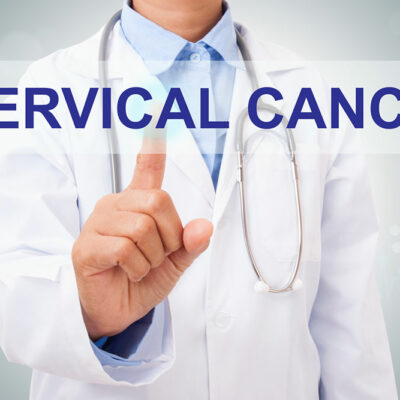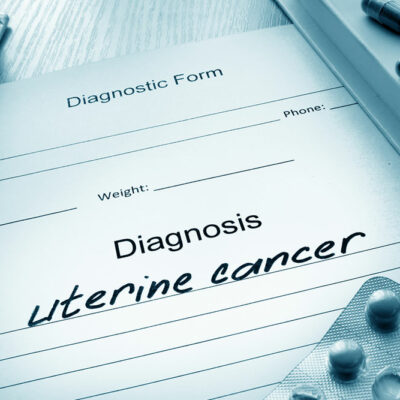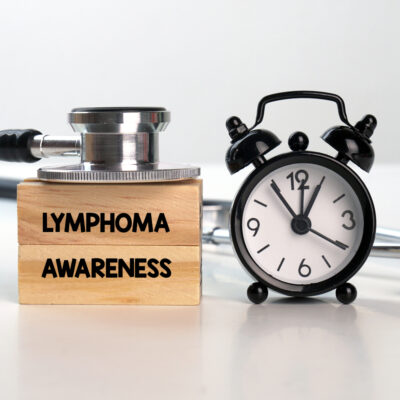
Cancer
Causes and symptoms of leukemia
Leukemia is a type of cancer that affects the blood cells of the body. This type of cancer starts in the bone marrow and spreads to the lymphatic system. In this type of cancer, the white blood cells of the body increase in number and don’t function like they’re supposed to. So, it may lead to numerous problems in the body. This type of cancer occurs because of issues in the production of blood cells in the body. Leukemia can occur to anybody and at any age. Causes The main cause of this type of cancer is damage to the DNA of immature cells of the blood, primarily in the white blood cells. Due to this damage, the blood cells divide and grow constantly, and this will increase the number of blood cells enormously. Due to this, the healthy blood cells may get damaged, and these healthy blood cells are then replaced by new blood cells. These new blood cells are defective, and they do not die. They may start accumulating and occupying more space. In this way, this form of cancer spreads all over the body. Symptoms There are several symptoms of this type of cancer. Fatigue The most common symptom of leukemia is excessive tiredness.
Read More 















